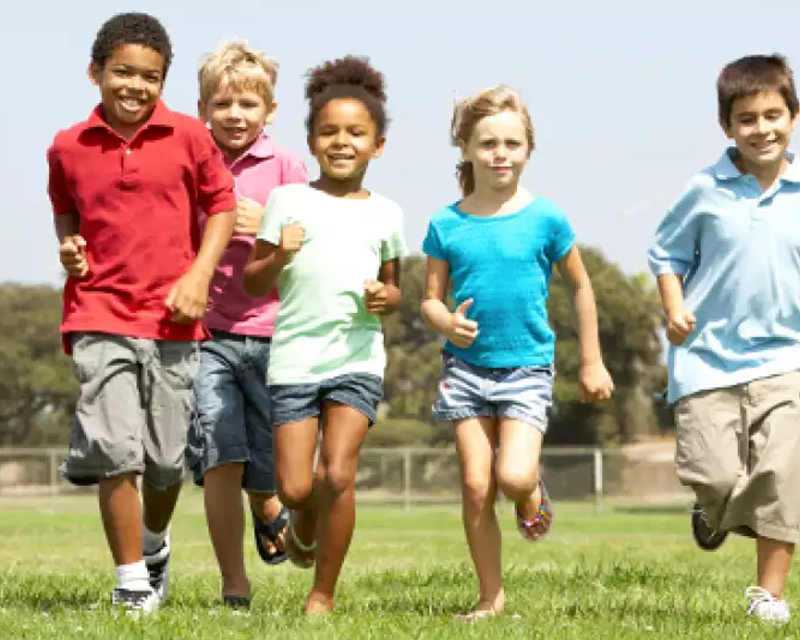Knee pain in active children and adolescents is quite common, with there being a multitude of potential sources driving their pain. One of the most prevalent conditions being Osgood-Schlatter. Osgood-Schlatter is a growth-associated knee condition, with localised pain in the tibial tuberosity. This occurs often in children going through rapid growth, participating in activities that place stress on the tibial tuberosity from patellar tendon force. These forces occur in children when there are high loads of running and jumping.
Osgood-Schlatter is typically more common in girls between the ages of 8–13 years
and between 12 and 15 years in boys. Historically it impacted more male children/adolescents, however, research has shown that the increase in female children/adolescents participating in sport has also seen an increase in the incidence of Osgood-Schlatter in females. It is common for children/adolescents who have been diagnosed with Osgood-Schlatter to get pain in both their knees, with a prevalence of 30%.
It is seen as a self-limiting condition, which meant when I was diagnosed at 13, I was told to just grin and bear it. And yes, you will be surprised to hear, I did actually have a growth spurt (standing at my enormous 5’4). So, what does this mean for you or if you’re a parent reading this for your children. For the majority of cases, it will impact children whilst they play sport until the end of their growth spurt, however, up to 10% will experience pain until adulthood.
With approximately 90% of cases responding successfully to conservative management which includes pain medication (if needed), cryotherapy (icing) and strengthening & stretching programs. Most children will be able to continue sport, however a small proportion may need to stop sports with high loads on their knees. Supplementing these for activities such as swimming and cycling.
With our increase in understanding of the condition, physiotherapy has stopped the more traditional grin bear it approach. So hopefully kids won’t need to drag one of their legs behind them as they play sport as I did. Current practice is to look at muscle imbalances of the quadriceps and hamstrings which often occur with high rates of growth. A physiotherapist can identify key areas that need to be strengthened and stretched to help with running, jumping, and landing mechanics to reduce the load experienced in the knee.
If this sounds like you or your children come in and speak to one of the physiotherapists.
Let’s help our kids keep playing the sports that they love!
James Taylor
Physiotherapist
